Introduction
In the present culture, self-awareness about gender sexual-orientation-tests identification and sexual alignment has be much more crucial than ever. Many people are employing tools just like the sexual alignment check to investigate who they are on a greater sexual orientation tests level. These checks, frequently discovered online, declare to provide responses about whether an individual might recognize as heterosexual, homosexual, bisexual, as well as drop elsewhere on the spectrum of human sexuality.
Sexual alignment, nevertheless, isn’t generally anything that fits efficiently in to types or definitions. Human interest is fluid, growing over time and in different contexts. The purpose of a sexual alignment check is often more about introspection and self-discovery than about providing firm answers.
But what precisely is really a sexual alignment check, and did sexual orientation tests it offer any real insights? This article can investigate the various forms of these checks, how trusted they are, and how they are able to affect a person’s comprehension of their identity.
What Is a Sexual Orientation Test?
A sexual alignment check is really a tool—frequently a series of questions—made to simply help individuals reflect on their sexual tastes and attractions. These checks frequently ask about romantic thoughts, sexual dreams, and mental associations to various genders. The concept behind this kind of check is that the responses might offer perception in to wherever you drop on the spectrum of sexual orientation.
Sexual alignment generally refers to an individual’s enduring sample of mental, romantic, or sexual interest to men, girls, or both sexes. Persons sexual orientation tests commonly recognize as heterosexual (straight), homosexual (gay or lesbian), or bisexual. However, many people may not sense comfortable fitting in to these brands, and some recognize as pansexual, asexual, and other emerging terms that more effectively describe their experiences.
While a sexual alignment check might suggest one alignment or yet another, it’s crucial to remember that number check can definitively establish your sexual identity. It’s a particular experience, and interest could be fluid around time.
Why Do People Take Sexual Orientation Tests?
Going for a sexual alignment check is often seated in a desire for self-understanding. Many people, particularly those inside their formative sexual orientation tests decades, might sense confused about their sexual identity. Listed below are a few of the popular reasoned explanations why some one might have a sexual alignment check:
1. Personal Exploration and Identification Finding
A lot of people take sexual alignment checks within their broader journey of self-discovery. Adolescents and young adults, specifically, might turn to these checks if they begin experiencing romantic or sexual feelings. It could be a method to investigate their interest in a organized, non-judgmental format.
2. Seeking Validation or Understanding
For others, taking a sexual alignment check might give you a form of additional validation. For instance, some one who’s uncertain about their sexual alignment might want some type of confirmation—whether they’re right, homosexual, or bisexual. Although these checks are not definitive, they are able to give a structure for further reflection.
3. Cultural Curiosity
A lot of people take these checks out of easy curiosity. Sexual alignment has changed into a much-discussed subject, particularly online, and many people appreciate sexual orientation tests taking quizzes or checks that give them more perception in to themselves or let them to compare their effects with friends.
4. Psychological or Mental Support
For some, obtaining one’s sexual alignment is an psychologically hard process. Going for a sexual alignment check will often serve as a first step in approaching confusion or inner conflict. This may give a tiny measure of ease for anyone sensation inundated or alone.
Types of Sexual Orientation Tests
In regards to sexual alignment checks, they vary considerably in scope and quality. Here are a few of the most popular forms you may encounter:
1. On the web Quizzes
Most individuals are knowledgeable about casual, frequently lighthearted quizzes available online. They are typically multiple-choice issues that ask about tastes, attractions, and mental feelings. While they can be fun, they are seldom backed by mental knowledge and must be studied with a grain of salt.
2. Professional Psychological Assessments
A lot of people might decide to investigate their sexual alignment with the guidance of a licensed therapist. In these periods, the counselor might use validated sexual orientation tests mental tools and checks to simply help the average person greater realize their thoughts of attraction. These checks are far more clinically grounded compared to casual quizzes discovered online.
3. Identification Exploration Instruments
There are also particular mental frameworks, like the Klein Sexual Direction Grid (KSOG) or the Kinsey Degree, which can provide an even more nuanced comprehension of sexual orientation. These tools are created to recognize the fluidity of interest, sexual behavior, and identification over time, providing more complex insights than binary labels.
4. Relaxed Peer Quizzes
In some cases, people build everyday quizzes or checks sexual orientation tests within their social groups or support groups. These frequently focus more on generating discussion and representation as opposed to providing definitive answers.
How Reliable Are Sexual Orientation Tests?
The consistency of a sexual alignment check is dependent upon its supply and intent. Everyday online quizzes, while enjoyable, shouldn’t be viewed clinically valid. They’re frequently produced with confined mental understanding and absence the nuance essential to recapture the difficulty of human sexuality.
On another give, checks administered by trained professionals might offer more trusted insights, nevertheless actually these have limitations. For instance, the Kinsey Degree, developed in the mid-20th century, was among the first attempts to quantify sexual alignment on a selection, but actually it does not account fully for every individual’s experience.
It’s imperative to understand that number sexual alignment check can establish some one with total accuracy. Sexual interest and identification are particular and may sexual orientation tests change around time. For some, the outcome of a test might resonate deeply, while for others, the outcome may seem incomplete or confusing. It’s important to strategy these checks with an open brain and prevent letting them dictate the method that you see your identity.
How to Interpret Results from Sexual Orientation Tests
Benefits from a sexual alignment check are most readily useful viewed as an instrument for representation as opposed to as a conclusive answer. Some typically common outcomes might brand some one as heterosexual, homosexual, or bisexual, but these brands don’t catch the entire difficulty of human sexuality. For instance, an individual might generally recognize as heterosexual but still sense romantic or sexual interest toward folks of exactly the same sex.
Equally, the outcome might show that someone is generally homosexual but could nevertheless be interested in the contrary intercourse in certain situations. These nuances are imperative to understanding sexual alignment as a spectrum.
The Role of Society and Culture in Sexual Orientation
Sexual alignment is not just a particular experience but is also sexual orientation tests shaped by societal and cultural contexts. In certain countries, people might sense pressured to comply with conventional gender functions and heterosexual norms. As a result, taking a sexual alignment check can offer them a personal method to investigate thoughts they’ve been reluctant to acknowledge.
National popularity of diverse sexual orientations ranges sexual orientation tests commonly across the planet, and folks from less acknowledging situations might battle with the outcome of a sexual alignment test. Understanding that culture represents a significant position in how exactly we see sexuality is essential to interpreting both checks and the thoughts they evoke.
The Psychological Impact of Sexual Orientation Tests
While a sexual alignment check could be a beneficial tool for self-discovery, it’s crucial to keep yourself updated of its mental impact. For some, the check might give aid and validation, supporting them sense better inside their identity. However, for others, the outcome might be more unpleasant, particularly when they struggle with societal expectations or particular beliefs.
In some cases, taking a sexual alignment check might lead to increased anxiety, confusion, or central conflict. If you find that a check is creating distress or sexual orientation tests increasing more issues than it responses, it could be beneficial to talk to a counselor who specializes in sexual identification issues. They can give an even more encouraging atmosphere to investigate your thoughts and assist you to arrived at terms along with your unique orientation.
Myths and Misconceptions About Sexual Orientation Tests
There are several myths surrounding sexual alignment checks that will lead to confusion:
- Myth: A Test May Definitively Establish Your Sexual Direction
Sexual alignment is fluid and may change around time. A test is really a representation of one’s thoughts at confirmed moment, not a firm, ongoing diagnosis. - Myth: If You Don’t Match Into a Label, Anything Is Wrong
Many people don’t match efficiently sexual orientation tests in to the kinds of heterosexual, homosexual, or bisexual, and that is okay. Human sexuality is more complex than brands can convey. - Myth: On the web Tests Are Scientifically Valid
Most online quizzes are intended for leisure purposes and are not predicated on mental research. Take their effects lightly.
FAQs
1. What is a sexual alignment check?
A sexual alignment check is really a tool that helps individuals reflect on their romantic and sexual tastes to gain perception into their sexual orientation.
2. How correct are sexual alignment checks?
The accuracy varies. While qualified assessments might offer more trusted insights, casual online checks in many cases are less correct and must be considered as entertainment.
3. Are these checks clinically backed?
Some mental frameworks, just like the Kinsey Degree, are seated in study, but most online checks are not. It’s crucial to get qualified guidance for more correct information.
4. May the outcome of a sexual alignment check modify over time?
Yes, sexual alignment could be fluid, and many people experience improvements inside their attractions around time. A test is just a snapshot of your overall feelings.
5. Do I need to have a sexual alignment check to know my identification?
No, these checks are not essential to know your sexual orientation. They may be of good use tools for representation, but fundamentally, your identification is anything particular and unique.
Conclusion
Sexual alignment checks, while potentially beneficial for personal representation, shouldn’t be viewed as the ultimate reply to understanding one’s identity. Human sexuality is fluid, complex, and inspired by a wide selection of factors, including culture, culture, and particular experience. Whether you’re taking a sexual alignment check out of curiosity or within your journey of self-discovery, it’s important to strategy the outcome with an open brain and an expression of curiosity about your growing identity. Fundamentally, the journey to understanding your sexual alignment is really a particular and continuing process, and number check can establish you much better than you are able to establish yourself.
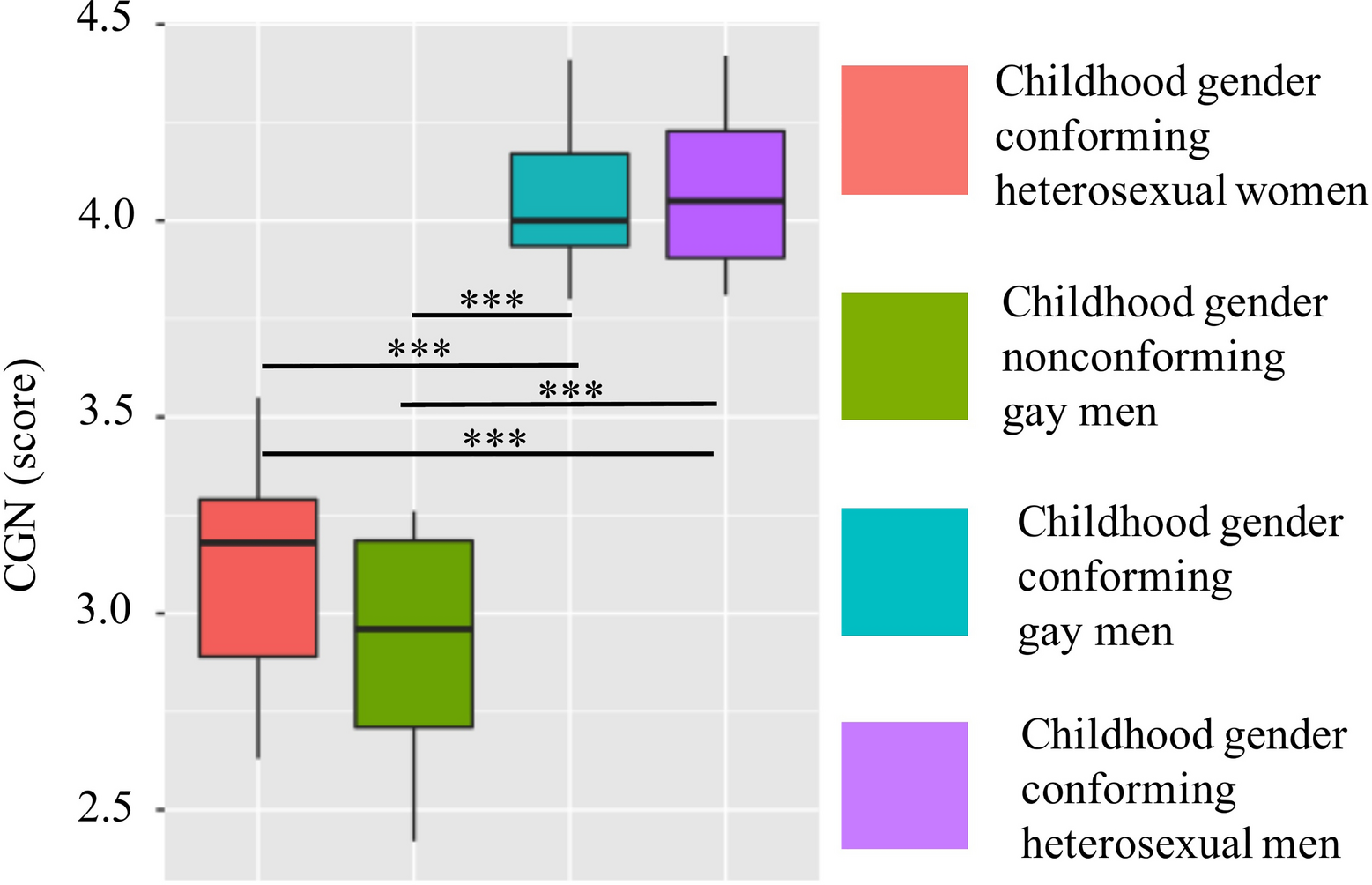



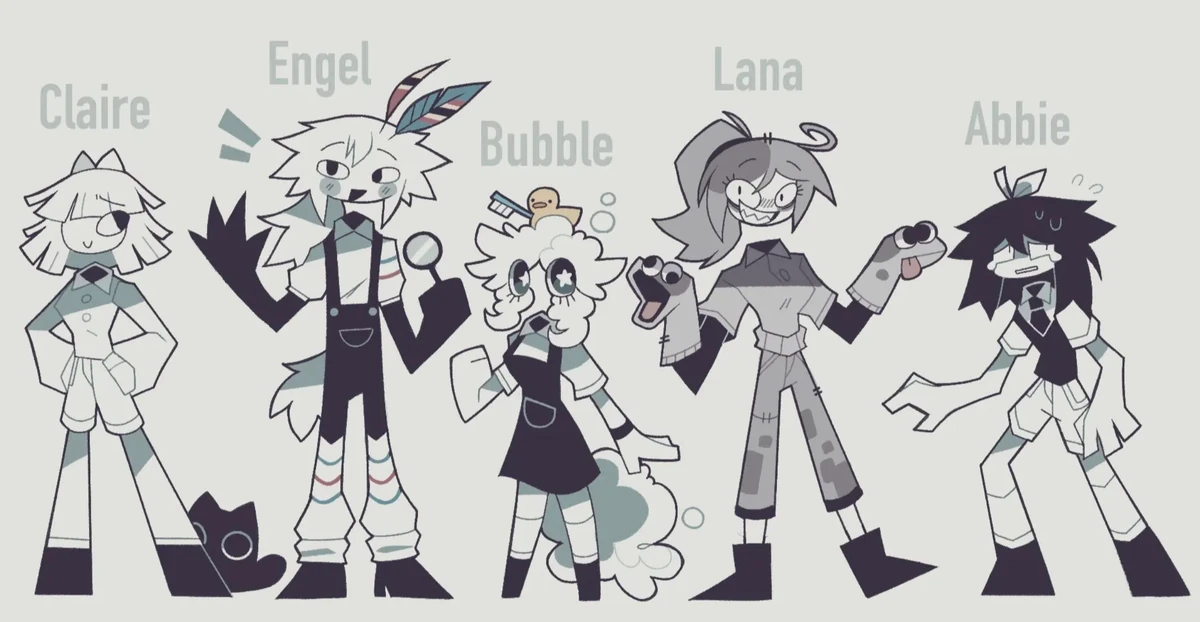

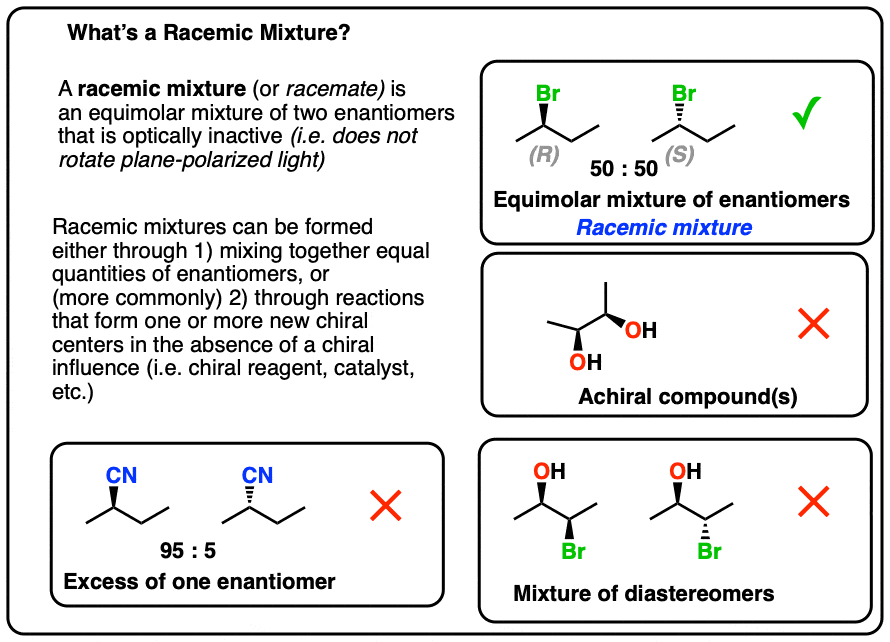
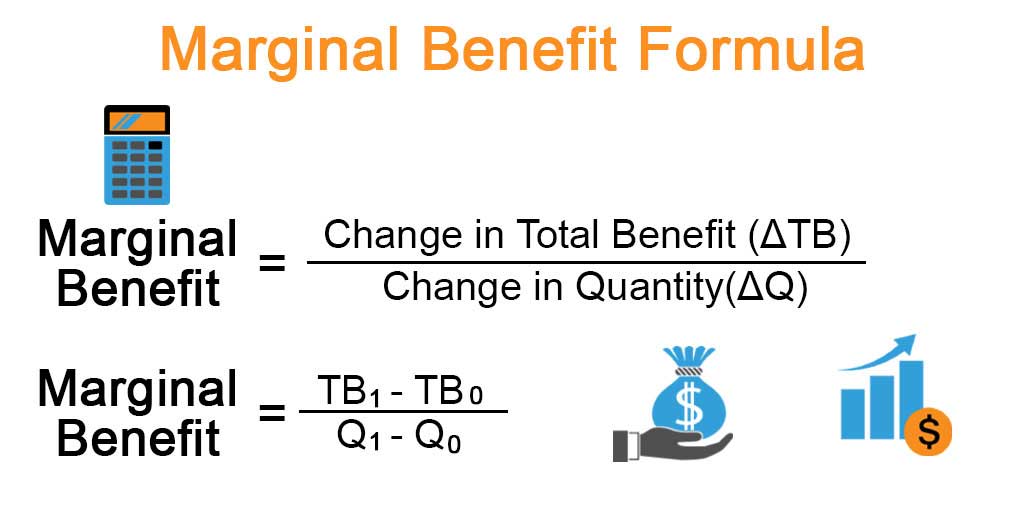
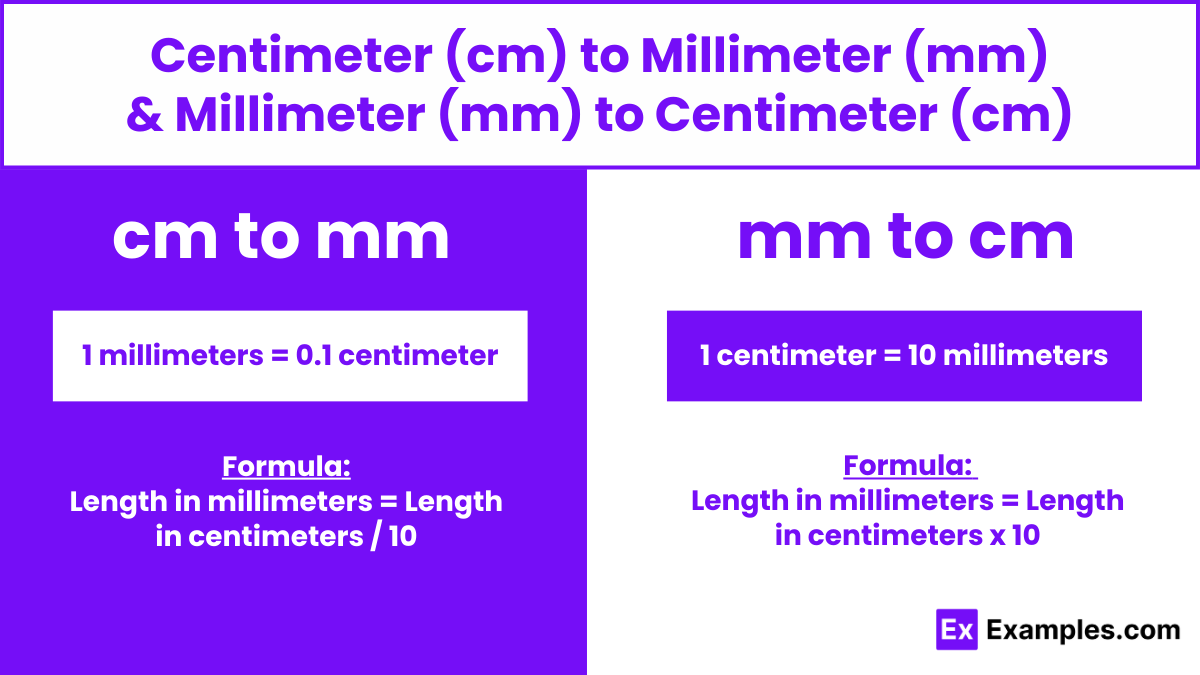




Leave a Reply